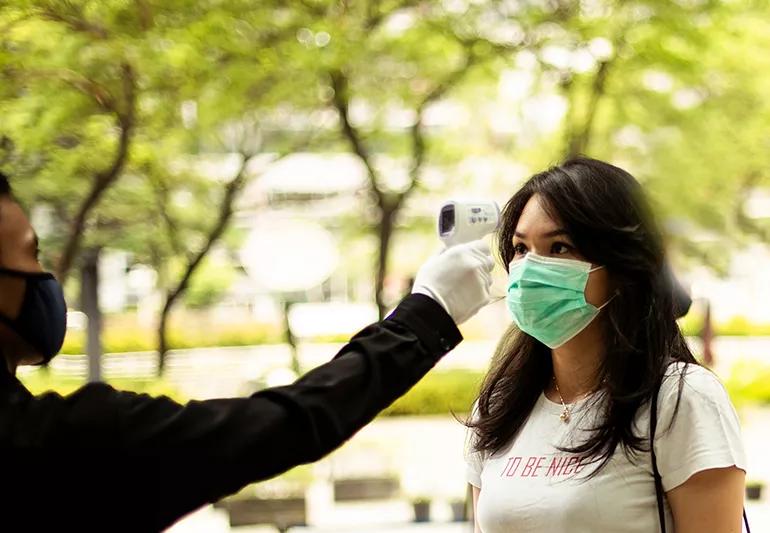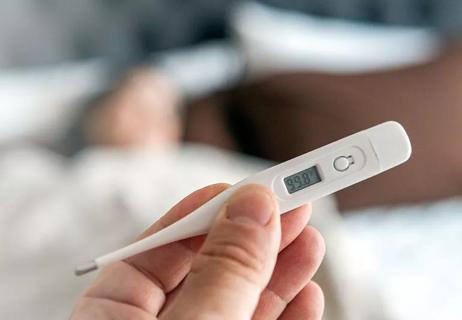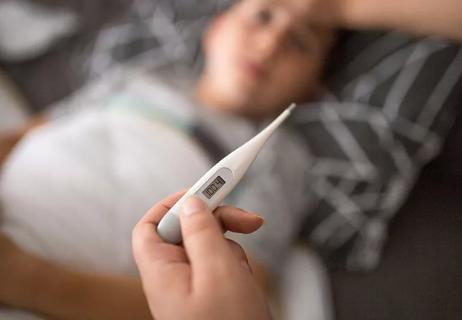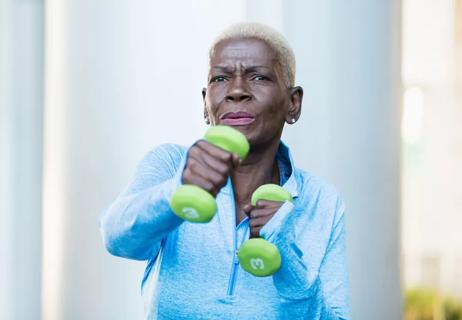The short answer from a family medicine specialist

A: With the surge of COVID-19, many hospitals and businesses have implemented temperature screenings for employees, patients and customers using infrared thermometers. These devices offer efficiency, safety and accuracy in detecting fevers in large groups of people. They don’t, however, detect COVID-19 in these individuals.
Advertisement
Cleveland Clinic is a non-profit academic medical center. Advertising on our site helps support our mission. We do not endorse non-Cleveland Clinic products or services. Policy
Research has shown that, when used correctly, infrared or no-contact thermometers are just as accurate as oral or rectal thermometers. No-contact thermometers are popular among pediatricians, as kids often squirm around when trying to get a temperature read, but it also holds true in mass temperature screenings. The device offers safety to both parties while providing a quick and accurate read.
Of course, when available, an internal thermometer is the gold standard in healthcare, but due to COVID-19 and the need to quickly mass test, a no-contact thermometer has become the standard. The operator needs to follow the device’s protocol and it won’t pick up a fever on someone who has taken fever-reducing medication. But with many establishments now requiring temperature checks, these hand-held thermometers are proving to be safe, quick and accurate while helping to reduce the spread of coronavirus.
– Family medicine specialist Neha Vyas, MD.
Advertisement
Learn more about our editorial process.
Advertisement

The not-so-sweet heat could be from a medical condition, menopause or even spicy foods

You can use a digital, tympanic or temporal artery thermometer

There’s no one answer, as your temperature fluctuates throughout the day and your life

Use a digital oral, rectal, axillary, ear or forehead thermometer based on your child’s age

Know the risks, the signs and actions you should take

And 4 things you can do to combat heat and cold intolerances

If the area is bleeding a lot or the wound is near your face or genitals, you likely need a specialist’s care

Lots of things can activate the herpes simplex virus, from the common cold and cold weather to cracked skin and cosmetic procedures

Babies can get congested easily, but you can calm their cough by keeping them hydrated, using nasal drops and running a humidifier

Weight loss may cause loose, sagging skin and muscle loss to your rear

Several conditions, like vitiligo and fungal infection, can cause a loss of pigmentation, leading to white spots or patches on your skin